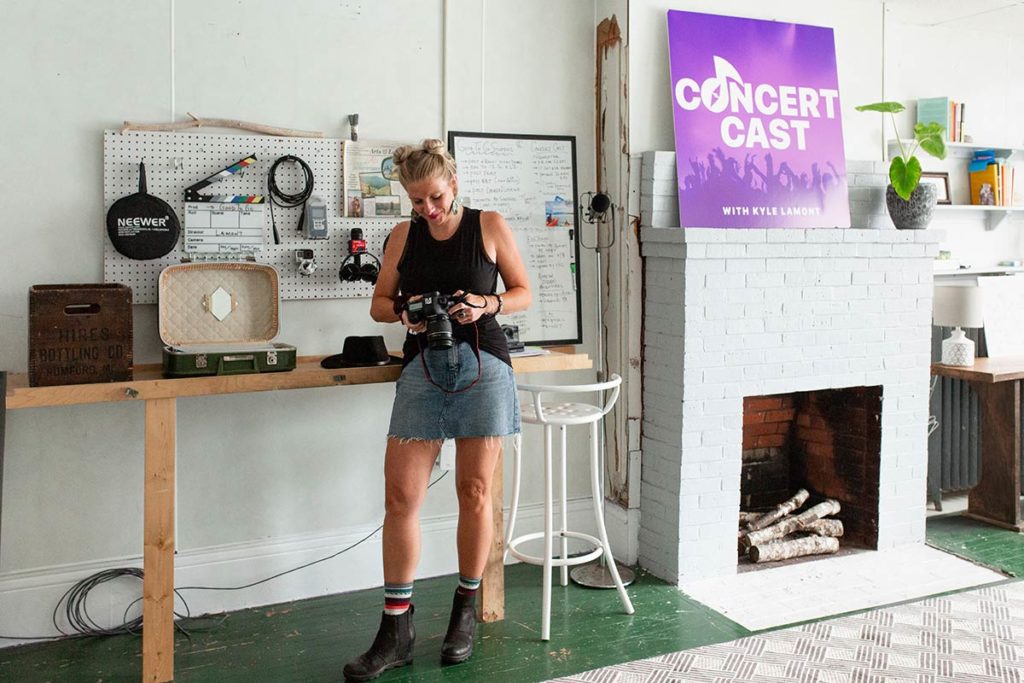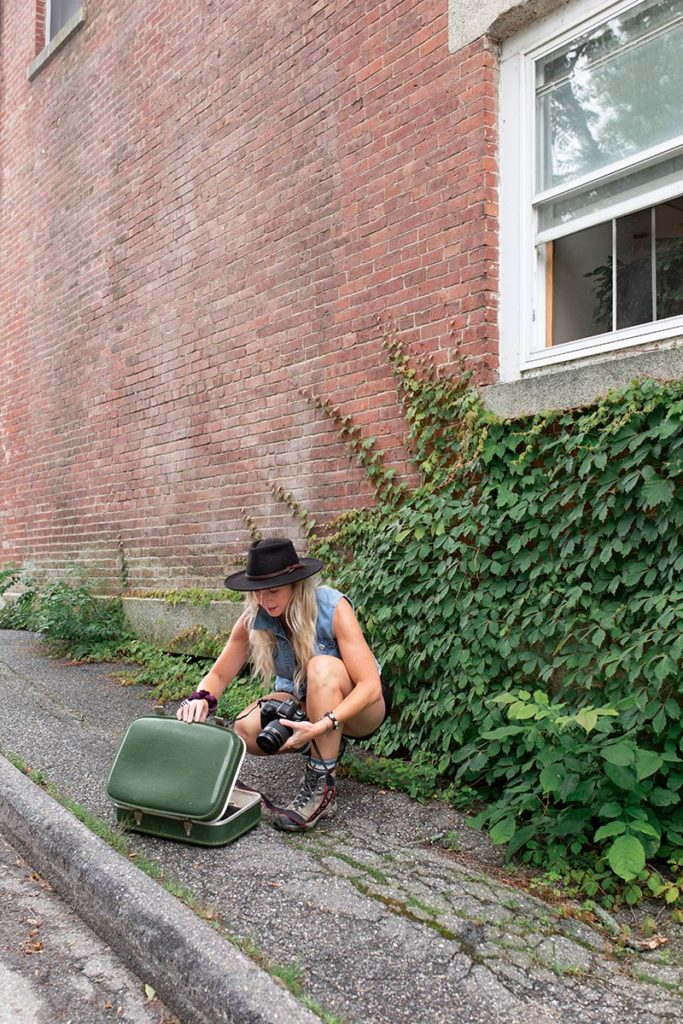Three Great Ways To Help Build Up Your Photography Portfolio
December 1st, 2020
One important thing I’ve learned in the nearly 20 years since I began studying photography, establishing my business, and building up my photography portfolio is show what you want to shoot. If that means you want clients to hire you for weddings, share wedding images and useful information for engaged couples. If you want to shoot in-home lifestyle sessions, share images taken within clients and session preparedness tips. When you have a thread or theme that joins your work together and inspires you to be more creative, such as Joy, Laughter, bold color, etc, share work together that reflects those characteristics, on both your social media accounts and portfolio site.
If you’re just getting started, you might be thinking “awesome advice, Amanda… but how do I actually find people or clients to make these images?” No worries – I’ve got you covered with a few of my favorite ways to build a stunning photography portfolio!
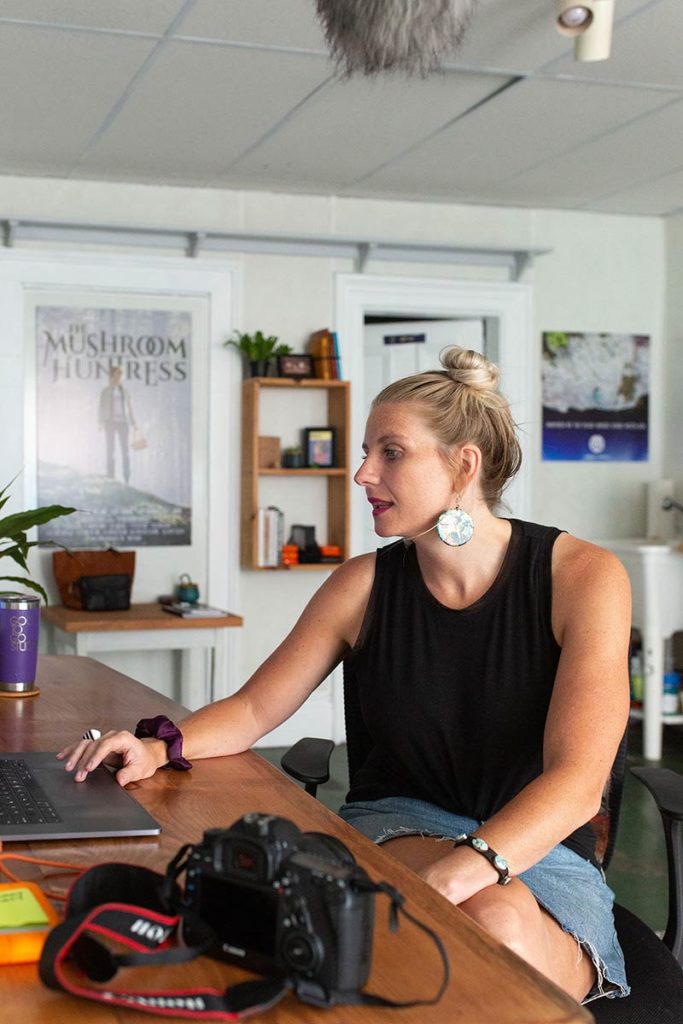
Ways To Build Up Your Photography Portfolio
1. Second Shooting
Being a second shooter for a photographer whose work you admire is a great way to build up a photographer portfolio for Weddings and high volume genres like Sports/School photos/Events. You may notice I said “whose work you admire”; if their style doesn’t fit your aesthetic, not only are they less likely to work with you, but you probably don’t want to learn from them! This applies mainly to the type of posing and composition they favor, rather than their editing style.
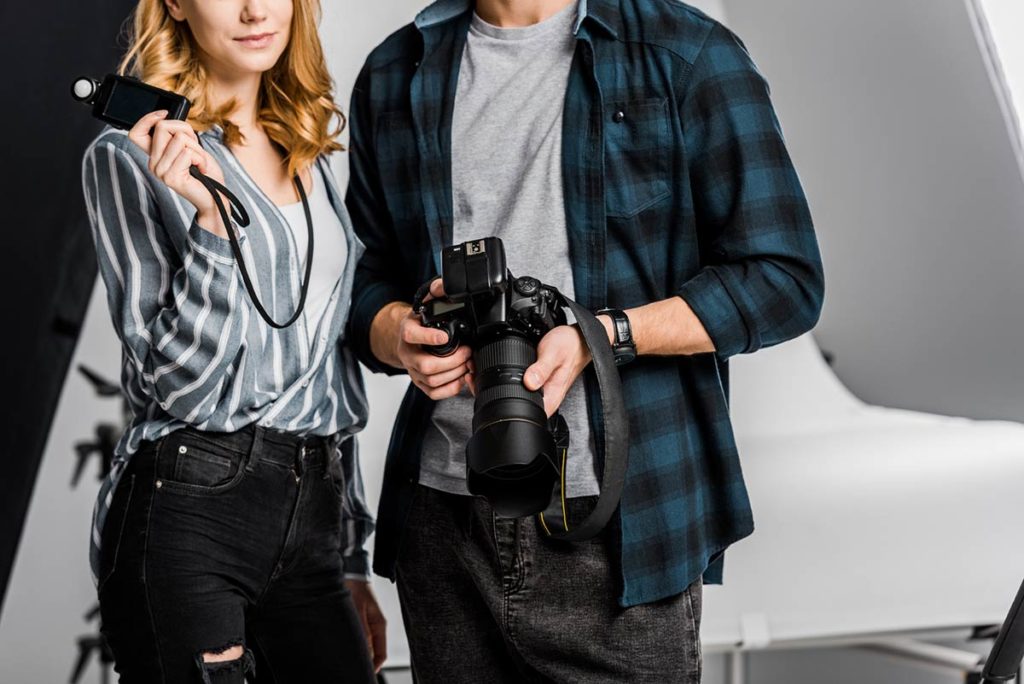
If you prefer a more journalistic approach, a photographer shooting more traditional “posed” work might not be the best person to learn from right now. Do both of you a favor, and search out local photographers who shoot the type of work most similar to what you want to create.
So where do you find photographers looking for second shooters? Here are a few ways to get started:
- Join – and attend! – a local networking group’s events aimed at photographers (If you’re not sure where to start, Tuesdays Together with Rising Tide can be a good place)
- Search hashtags on IG or FB for local photographers near you, check out their profiles, and start connecting!
- Create a free profile on the Honeybook Community
- Attend Vendor-sponsored events for the type of event photography you want to shoot
- Google! Yep, don’t underestimate a straightforward search for “[insert your genre here] photographers near me” – these first few photographers are also SEO experts, since they are showing up on the first page in your search
It is far less common for established photographers to use second shooters in genres such as Pet photography, family sessions, engagement shoots, newborns, and senior portraits. That said, it never hurts to reach out to a local photographer whose work you admire, and find out if they use second shooters, or might have time to meet with or mentor you. Nothing ventured, nothing gained!
When second shooting, as you might guess, you’ll often be photographing the portions of the event that are slightly less important; the groom instead of the bride, the pull-back shots rather than the close-ups during the ceremony, the less familiar speakers at a conference, and detail shots such as table settings and floral arrangements.
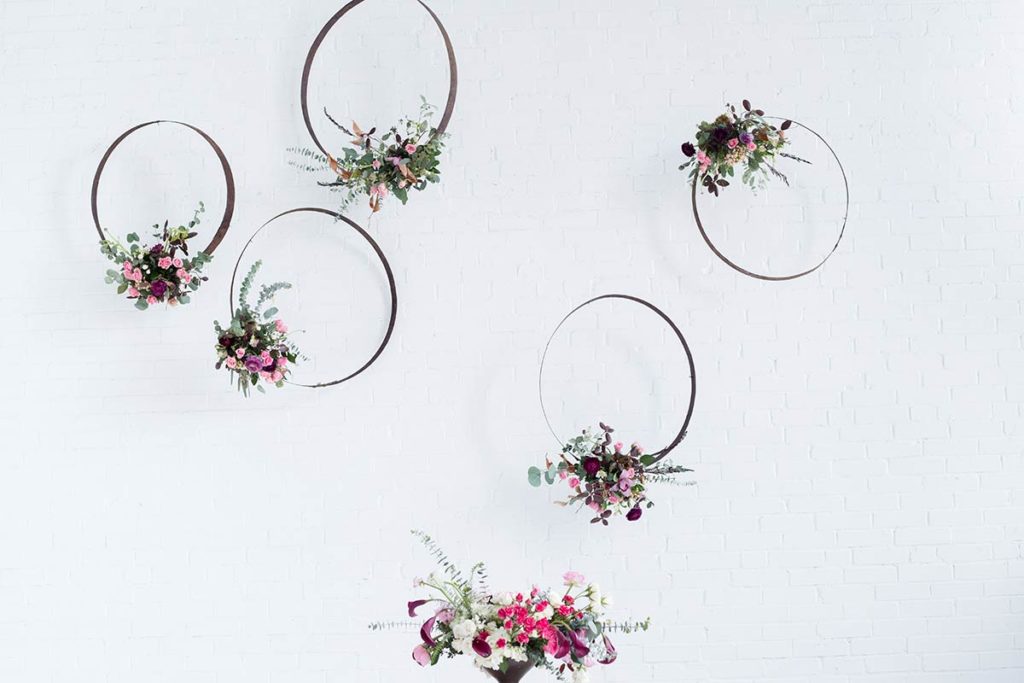
Whatever you are assigned on the day, make the best work you can! Take this opportunity to make the expected shots and then also some that challenge you more creatively. You’re not only shooting to make your portfolio more awesome, this work is for your lead photographer’s paying client. In addition to photography, you may also be expected to help carry gear, organize guests for group shots, and other general assistance that doesn’t involve shooting.
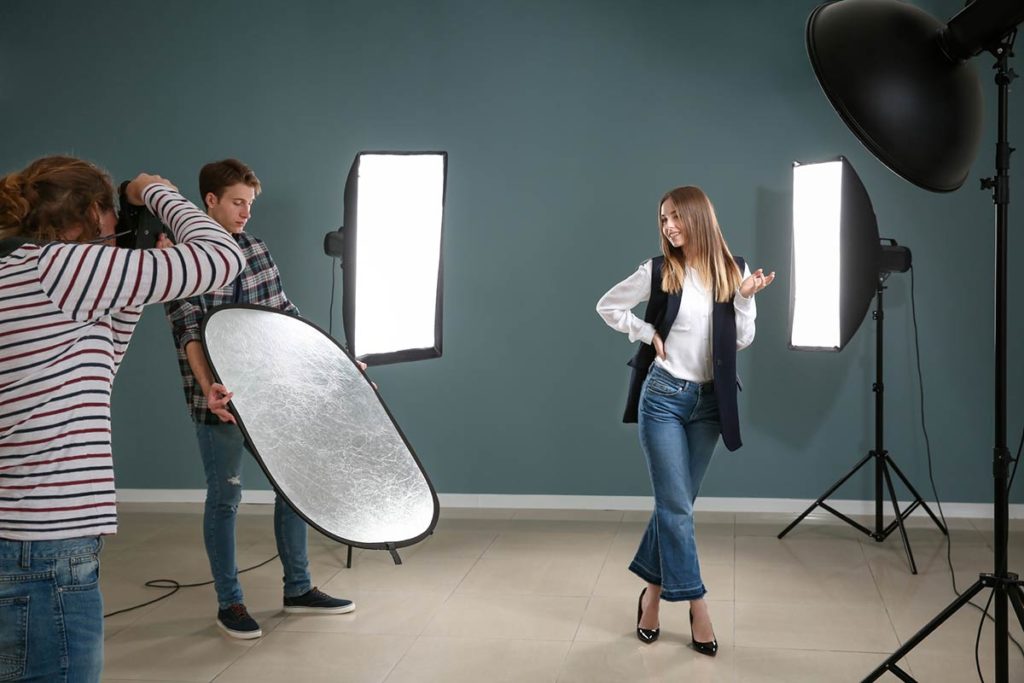
One of the greatest benefits of second shooting is not only the practical experience you gain, but being able to observe the lead photographer in action. What techniques or phrases do they use when posing their clients that you want to remember for your next shoot? What poses are they using that you hadn’t thought of before? Seriously, soak it all in! What you can learn here that is similar to experience gained attending a workshop, only you are being paid for your time (rather than the other way around!)
While it’s good to keep in mind you are creating work for another photographer’s client, many lead photographers will allow you to share your images on social media. This is true especially if you tag them in your post stating they were created while second shooting. Social media posts are a great place to network by tagging other vendors you meet at weddings or events, too; tag bakeries with cake shots, florists with bridal bouquets, and event venues in those great pull-back shots you made. They may even reshare your images on their feed, effectively sharing your photo portfolio with prospective clients, as well as other photographers who might need second shooters.
2. Assisting Established Photographers
Assisting an established photographer is a great way to learn about the entire process of running a photography business. You are likely to find yourself lugging around gear, holding reflectors, fanning clients so their hair moves, and other tricks of the trade. Assisting is ideal if you are looking more for practical experience than actual shooting. Ok, I get it – that’s not what you’re here for, right?
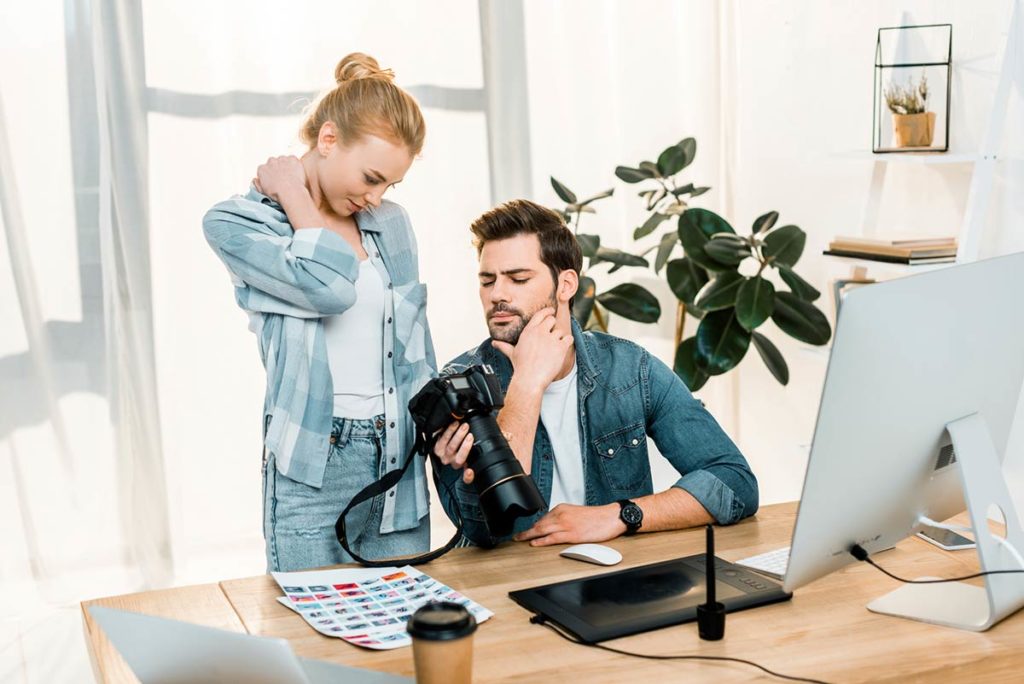
So before you disregard this option altogether, think about your work and life experience. If you don’t have a business degree and have no idea what is actually involved with being self-employed, this is actually an amazing opportunity! Not only are you able to watch them shoot, you learn how to use their equipment, such as studio lights, flashes, and different lenses. You can observe how they interact with and direct their clients to get the shots.
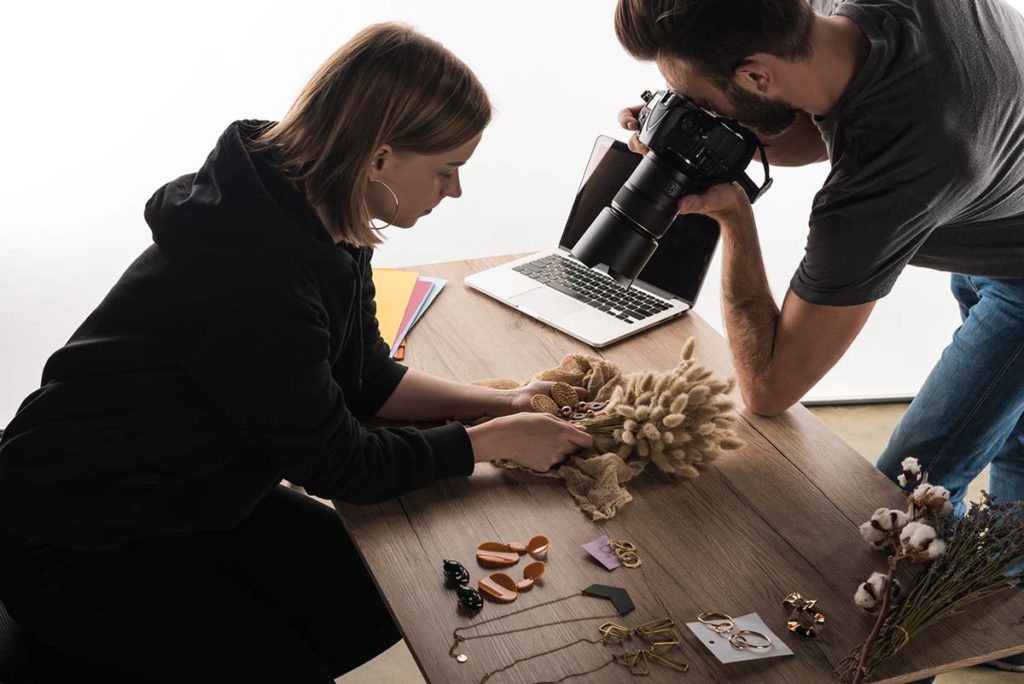
Depending on the size of the business and the photographer’s needs, you may even gain experience communicating with clients, assisting with Social Media, culling images, or editing. There is a LOT that goes into running a successful photography business – and you can apply what you are learning to your own business when you are ready!
3. Organize or Join Creative Shoots
If you are having difficulties fulfilling your creative vision, or shooting the images you need to fill out your portfolio with your own family and friends, a creative shoot is the perfect solution. They are generally collaborative events with other industry contacts, depending on the type of shoot. For instance, depending on your vision, a Wedding/Engagement Creative Shoot could involve a local venue, dress shop, florist, jeweler, paper goods, and hair & makeup artists (HMUA).
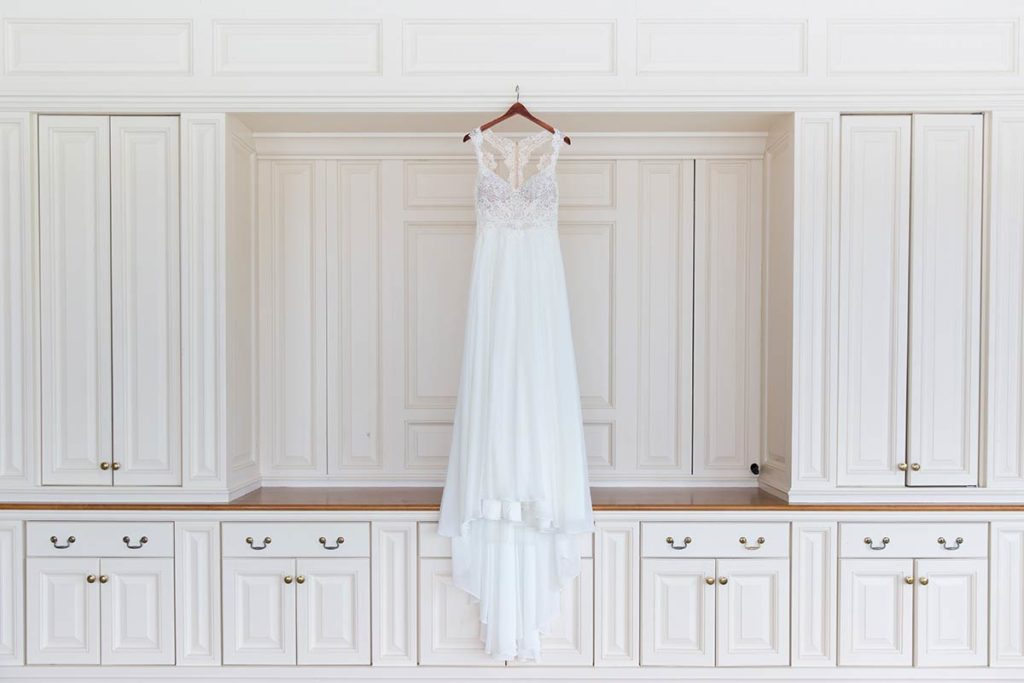
First, you need to have a really clear idea of your creative vision. Then you can share on a group community/vendor page that you are looking for X, Y, and Z collaborators for a creative shoot! Don’t feel like you need to share ALL the details up front – the concept, date, and location are a good place to start. You can fill folks in on your full vision once they confirm they’re available.
TIP: If you have a certain venue in mind, I highly recommend you reach out to them first so you can include a specific date and location when asking for collaborators.
After the shoot is complete, upload them to your portfolio website and send the link out to all your collaborators. Including a list of everyone’s social media accounts is a nice way to make it easy for them all to tag each other when they begin sharing your images.
With genres that have fewer vendors, consider doing a Model call and shooting in a stunning public location instead – and definitely team up with a local HMUA to make the subjects look and feel their best!
A model call is great for newborn, children, seniors, family, headshots, boudoir – you name it! This would generally be a free shoot where you would have fewer collaborators. It’s best to set your expectations ahead of time for the number of models needed, and what the model can expect in return for their time (ie: how many digital files will they receive). Be sure to have the model’s sign a contract with a photo release! After all, you want to share these images on both your online portfolio site and social media accounts.
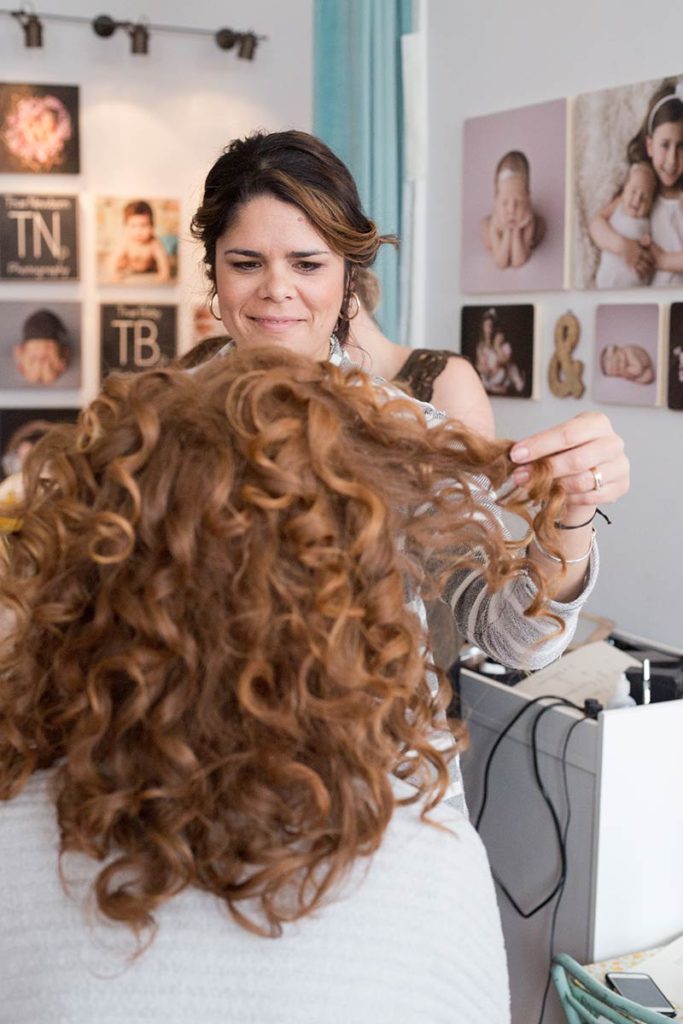
What To Consider When Adding Your Photos to Your Website
Presenting your work online will help prospective clients find the genre they are looking for and see your style. When you are putting your portfolios on your website here are some quick tips on how to organize.
- Each gallery should be by genre – Consumers show more engagement when they see what they are looking for quickly on the page, e.g. Real Estate photography, wedding photography, food photography.
- Include at least 10 images in the portfolio – More is helpful, as consumers are looking for specific hire e.g. maternity, portrait, pet, family reunion, and prefer to see photos in context to what they are looking for.
- If you use a gallery builder like Zenfolio, you can quickly share your custom gallery link to social media and update your email list.
The goal is to help prospective clients quickly see specific genres they need. This is different than them going through your Insta feed which they may be scrolling through to find examples. Custom photo galleries help your prospects make a decision to hire you faster and easier.
No matter what you photograph, you can always reach out to friends and family to be your subjects. Consider shooting with another photographer as the next step in your journey; there is so much to learn from observing others doing what they love.
